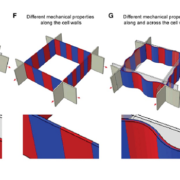
Mechanochemical polarization of contiguous cell walls shapes plant pavement cells
Blog, Plant Science Research Weekly, Research, Research Blog
The jigsaw-puzzle shape of the epidermis layer has been puzzling the scientists for some time now. Majda et al. examine the shape of the epidermis cells from the cell wall perspective. Mutations leading to even minor changes in cell wall composition significantly affected pavement cell geometry.…
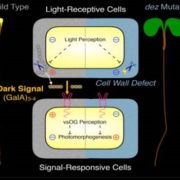
Repression of photomorphogenesis by a small cell-wall-derived dark signal ($)
Blog, Plant Science Research Weekly, Research, Research BlogGenetic screens have revealed many key components of light signaling. In this new work, Sinclair et al. provide new insights into the repression of photomorphogenesis by cell-wall derived signals. They started with a mutant, de-etiolated by zinc (dez) that shows open cotyledons and a short hypocotyl…
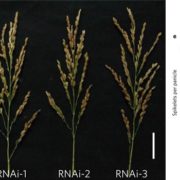
Duplication of an upstream silencer of FZP increases grain yield in rice
Blog, Plant Science Research Weekly, Research, Research BlogThe trade-off between grain size and number has been traditionally hard to break. Bai et al established that differences in panicle architecture between two rice cultivars resulted from duplication of a long-distance silencer of the FRIZZY PANICLE (FZP) gene in one cultivar (Chuan 7). Increased silencing…
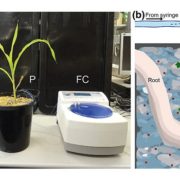
Roots-eye view: Using microdialysis and microCT to non-destructively map root nutrient depletion and accumulation zones
Blog, Plant Science Research Weekly, Research, Research BlogPlant roots constantly engage in nutrient and water uptake for crop productivity. Increasing the nutrient uptake efficiency of roots will promote sustainable agriculture by decreasing the need for fertilizer applications. To achieve this task, we need to understand the physiology of intact roots in their…
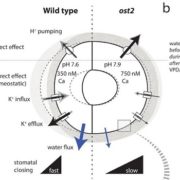
Modeling guard cell-to-leaf scales with OnGuard2
Blog, Plant Science Research Weekly, Research, Research BlogWhile much is known about the processes involved in stomatal movement and the processes involved in the transpiration of leaves, there has been no framework to bridge this micro-macro divide. Wang and colleagues bridge this divide through OnGuard2, a quantitative systems platform that uses the molecular…
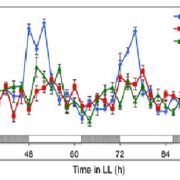
CIRCADIAN CLOCK ASSOICATED 1 (CCA1) and the circadian control of stomatal aperture
Blog, Plant Science Research Weekly, Research, Research BlogHow do plants ‘decide’ how to respond to so many conflicting stimuli? What has the final say in stomatal aperture control? Hassidium et al. investigate the role of the oscillator gene CIRCADIAN CLOCK ASSOICATED 1 (CCA1) during stomatal opening and determined if CCA1 is responsive to other stimuli.…
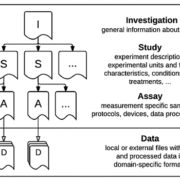
Measures of interoperability of phenotypic data: minimum information requirements and formatting
Blog, Plant Science Research Weekly, Research, Research Blog
If you ever tried to compare the results from two different experiments, you probably realized that small variations in the environment have big impact on how the plants grow. There is a lot to be learned from how the variation in the environment affects plant phenotypes, but currently the description…
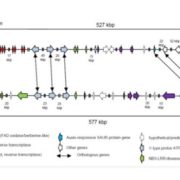
What We're Reading: November 10th
Blog, Research, Research Blog, WWR Full PostReview: Growth-mediated plant movements: hidden in plain sight ($)
Time-lapse imaging reveals the slow movements of plants, such as phototropism and gravitropism. Harmer and Brooks review the molecular bases for these growth-mediated movements. While auxin has long been known to be involved in photo-…
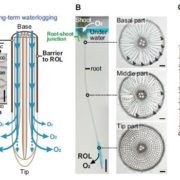
Update: Root plasticity and internal aeration
Blog, Plant Physiology: Updates, Research, Research BlogBy Takaki Yamauchi, Timothy D Colmer, Ole Pedersen, Mikio Nakazono
Introduction
Root acquisition of water and nutrients is essential for plant growth and crop productivity (Lynch, 2015). An improved understanding of root system development and functioning, to identify root traits contributing to…

